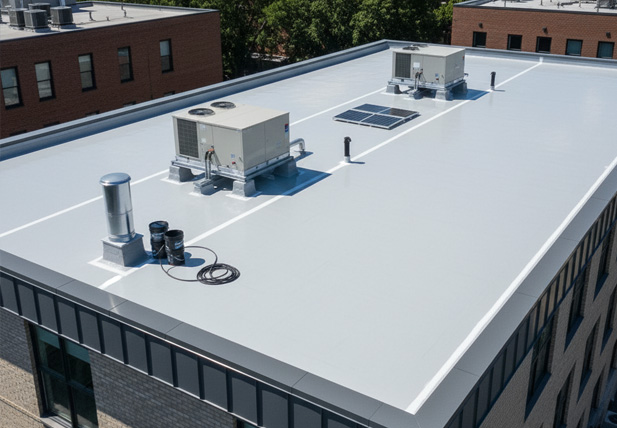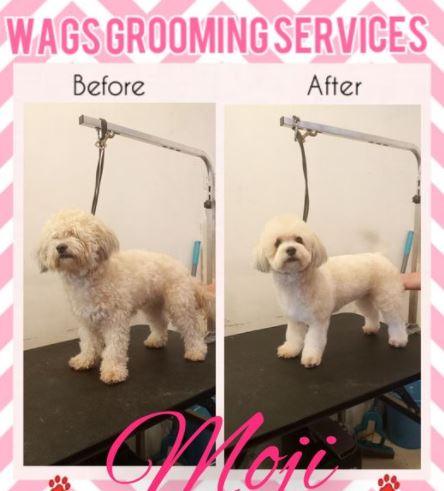Roof waterproofing methods include liquid membranes, bituminous sheets, and synthetic membranes like TPO, PVC, and EPDM—each suited to different roof types and climates.
Subsets of Roofs (by Type and Use)
1. By Shape/Design
- Flat Roof: Common in modern and commercial buildings; requires precise waterproofing.
- Pitched Roof: Sloped design; includes gable, hip, and skillion styles.
- Curved Roof: Architectural feature; often used in high-end or custom builds.
- Skillion Roof: Single-sloped surface; popular in minimalist designs.
- Sawtooth Roof: Multiple slopes; used in industrial buildings for light control.
2. By Material
- Concrete Roof: Durable, often flat; needs membrane-based waterproofing.
- Metal Roof: Includes steel, zincalume, and Colorbond; requires flexible sealants.
- Tile Roof: Terracotta or concrete tiles; vulnerable to cracked bedding and poor flashing.
- Shingle Roof: Asphalt or composite; more common in North America.
- Green Roof: Vegetated surface; includes drainage and root barrier systems.
3. By Function/Location
- Residential Roof: Homes and dwellings; often pitched or tiled.
- Commercial Roof: Offices, retail, and industrial sites; usually flat or metal.
- Rooftop Terrace: Usable outdoor space; requires pedestrian-grade waterproofing.
- Podium Roof: Above basement or carpark; often landscaped or paved.
- Balcony Roof: Overhangs or exposed slab areas; needs edge detailing.
4. By Structural System
- Truss Roof: Prefabricated timber or steel trusses.
- Rafter Roof: Traditional framing with rafters and ridge beams.
- Slab Roof: Concrete slab acting as both roof and ceiling.
1. Cementitious Waterproofing
Best for: Concrete roofs, balconies, terraces
Application: Easy to apply using brush or trowel
Pros: Cost-effective, good adhesion to concrete
Cons: Not flexible; prone to cracking with structural movement
💧 2. Liquid Waterproofing Membranes
Types: Acrylic, polyurethane, bitumen-based
Best for: Flat roofs, complex shapes, and detailing
Application: Sprayed or rolled on; forms a seamless membrane
Pros: Highly flexible, easy to apply, good for irregular surfaces
Cons: Requires skilled application and proper curing
🔥 3. Bituminous Membrane Waterproofing
Types:
Torch-applied bituminous membrane
Self-adhesive bituminous membrane
Best for: Flat roofs, terraces
Application: Rolled sheets bonded with heat or adhesive
Pros: Durable, UV-resistant, widely used
Cons: Torch application can be hazardous; seams may need reinforcement
🌡️ 4. Thermoplastic Membranes
Types:
TPO (Thermoplastic Polyolefin)
PVC (Polyvinyl Chloride)
Best for: Commercial roofs, green roofs
Application: Heat-welded sheets
Pros: Lightweight, UV-resistant, recyclable
Cons: Requires professional installation
🛡️ 5. EPDM Membrane (Ethylene Propylene Diene Terpolymer)
Best for: Low-slope roofs, commercial buildings
Application: Large rubber sheets adhered or mechanically fastened
Pros: Long lifespan (up to 50 years), flexible, weather-resistant
Cons: Aesthetically plain, may shrink over time
🧪 6. Polyurethane Waterproofing
Best for: Exposed roofs, balconies
Application: Liquid-applied in multiple coats
Pros: High flexibility, UV-resistant, seamless
Cons: Sensitive to moisture during application




